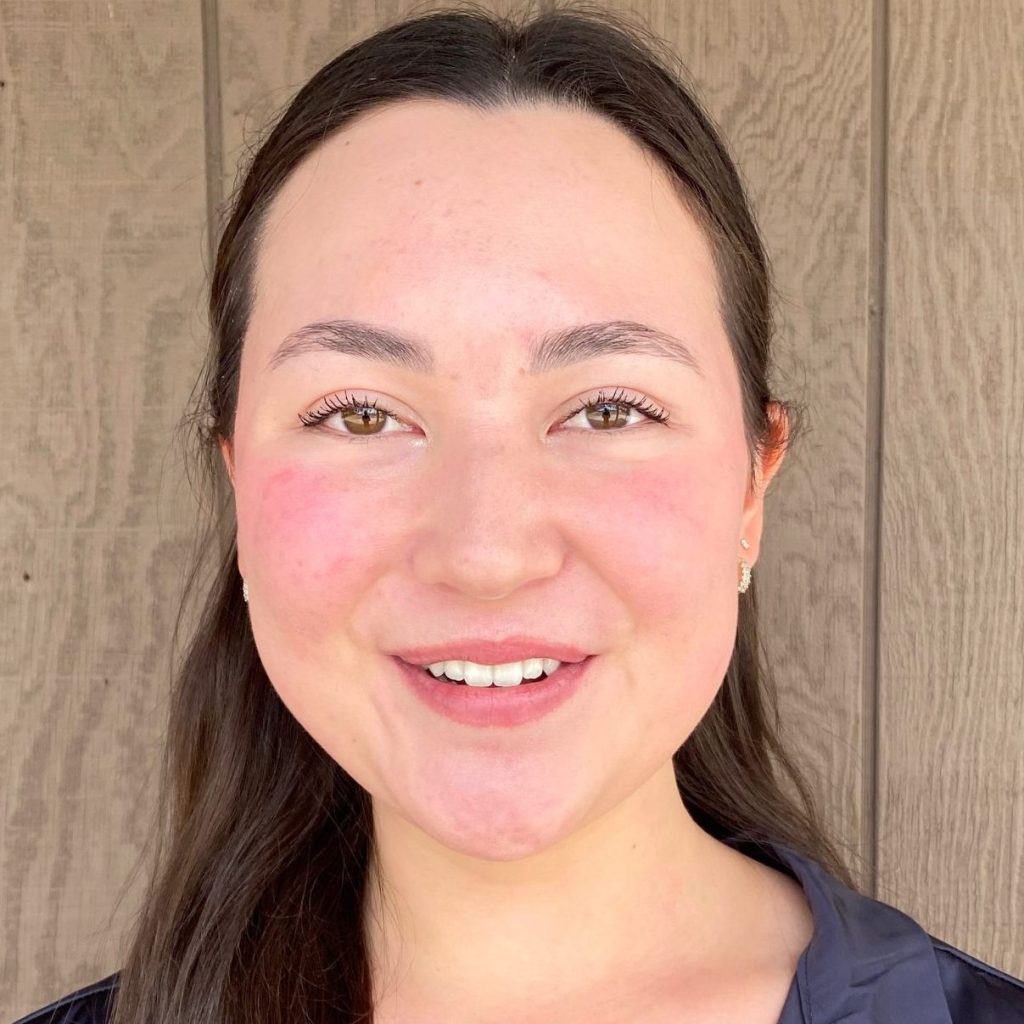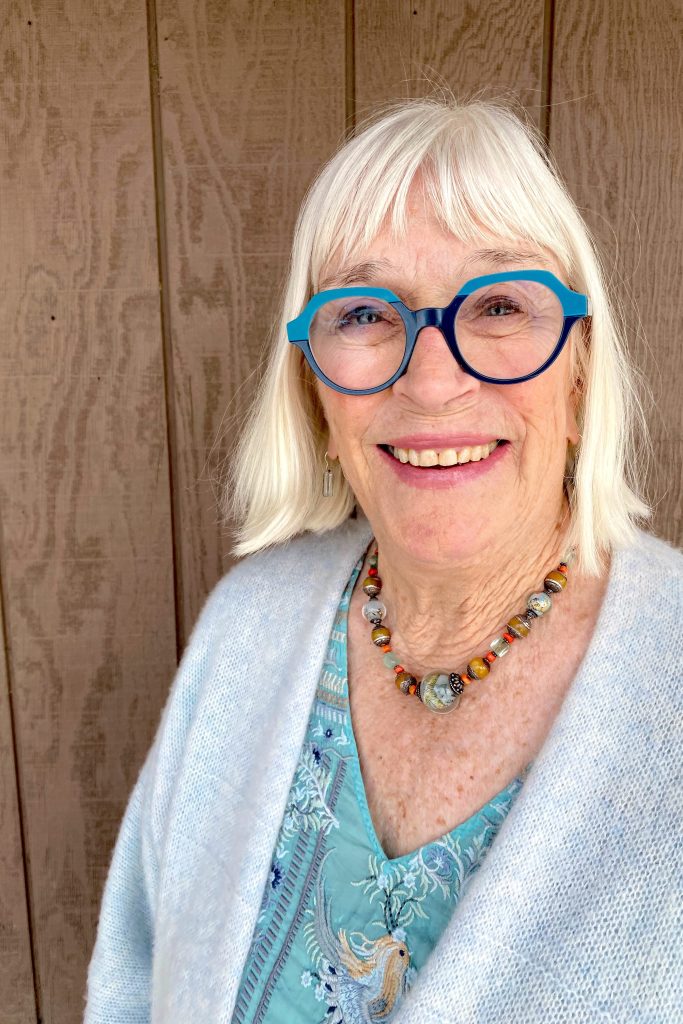Too many children are enduring lives of impoverishment in Malheur County.
That’s clear from the reporting presented by the Enterprise in recent weeks. The five-part series “Children of Poverty” documents the matter in painful detail.
Such a major reporting project is virtually unheard of among small newsrooms. Let me share with you how the team at the Enterprise did this.
We took on this project for one reason. We wanted the community to understand what it means when Malheur County is ranked as having among the worst child poverty rates in Oregon. That ranking has been in place for years.
Identifying the issue was one matter. Having the reporting power to tackle it is another.
That’s when the Annenberg School for Communication and Journalism at USC in Los Angeles came to the rescue. Two professors there planned a special course on rural reporting and reached out to partner with the Enterprise.
That was the start of good fortune for the Enterprise. More importantly, it was good fortune for Malheur County.
The professors assembled a hand-picked team of five young journalists. The team would do reporting at first from Los Angeles, ahead of a two-week reporting trip to Malheur County. They worked from a detailed memo I provided that outlined key questions to answer.
To start, they reached out to relevant state agencies and experts at Oregon universities. They learned the basics of child poverty – including its impact.
Then, it was time to head to Oregon. Leading the way were Rebecca Haggerty, an associate professor and associate director of Annenberg’s undergraduate journalism studies, and Judy Muller, Annenberg professor emerita of journalism. The student reporting team included Christina Chkarboul, Andie Kalinowski, Shane Dimapanet, Suejin Lim and Venice Tang.
The team:





I had identified key sources for them among government agencies, nonprofit agencies and schools across Malheur County. I reached out ahead of time to key leaders to alert them to expect contact and ask their help. Without fail, those leaders cooperated, proving invaluable. Ontario Superintendent Nikki Albisu, Vale Superintendent Alisha McBride and Nyssa Superintendent Darren Johnson were generous in making important school experts available. Ontario Police Chief Mike Iwai and Malheur County Sheriff Travis Johnson saw that these journalists got ride-alongs to see what poverty looks like on the streets.
At organizations ranging from the Oregon Food Bank to Community in Action, leaders shared crucial information – and access to the right people.
In all, the team conducted more than 70 interviews. Most were recorded. Some were filmed, resulting in powerful videos produced by Venice and Muller. They are available on our website.
The reporters constantly assessed what they were learning, identifying gaps. They were mindful of the Enterprise’s standard for accuracy and fairness. They were diligent in checking their facts, going back to sources when necessary for clarification or verification.


Rebecca Haggerty and Judy Muller
The journalists, the professors and I met regularly to assess progress. As a team, we sketched out how to present the information, concluding that a series was best.
Then they set to writing, working under a deadline pressure they likely have never endured before. They had the pressure of getting the story right. They had the pressure of the clock – the flight home loomed. And they had the pressure, imposed by themselves, to honor the journalistic ethics we live by at the Enterprise.
The result is a journalistic triumph. The series was clear, well documented. Above all, these journalists made sure to be respectful of those who endure economic, social and medical challenges often not of their own making.
They have equipped the community with vital information. Now, Malheur County, it’s time for us all to act. What will you do to help?
Les Zaitz is editor and publisher of the Enterprise. Email: [email protected].
THE SERIES:
Part 1: Malheur’s kids in peril as parents, programs struggle with economic, social challenges
Part 2: Children tucked into RVs, living with friends as Malheur County housing remains inadequate
Part 3: Children in Malheur County going hungry as families struggle with income, issues
Part 4: In Malheur County, school workers step in to care for children short of food, clothing
Part 5: CHILDREN OF POVERTY: Kids face stress, mental health issues – but help is scarce
SUPPORT OUR WORK – The Malheur Enterprise delivers quality local journalism – fair and accurate. You can read it any hour, any day with a digital subscription. Read it on your phone, your Tablet, your home computer. Click subscribe – $7.50 a month.



